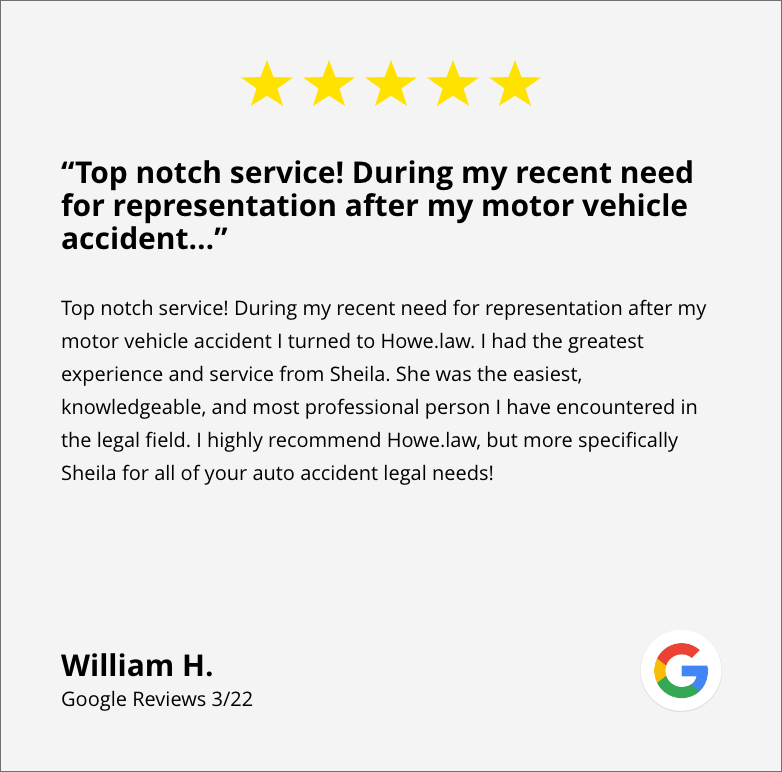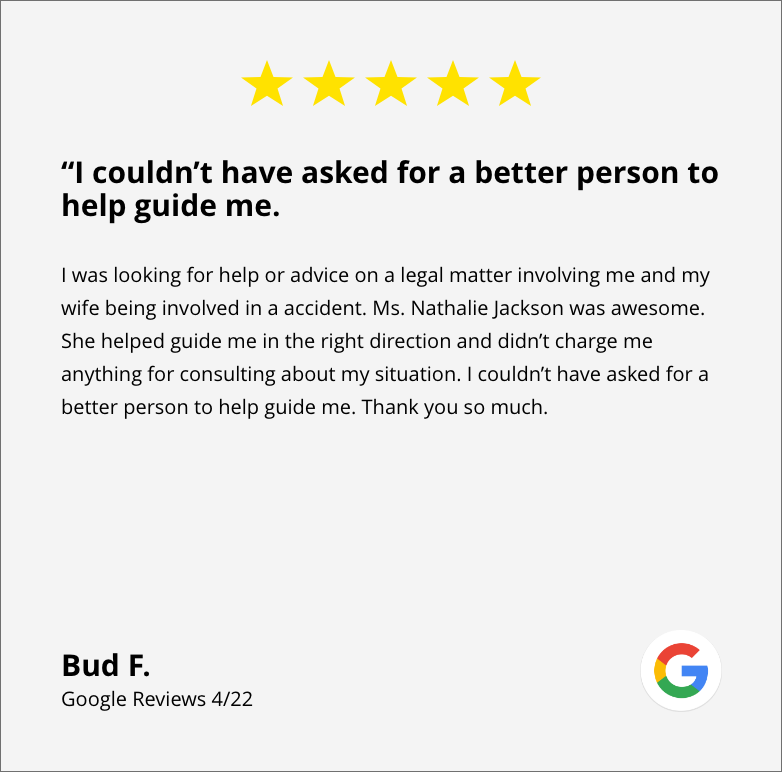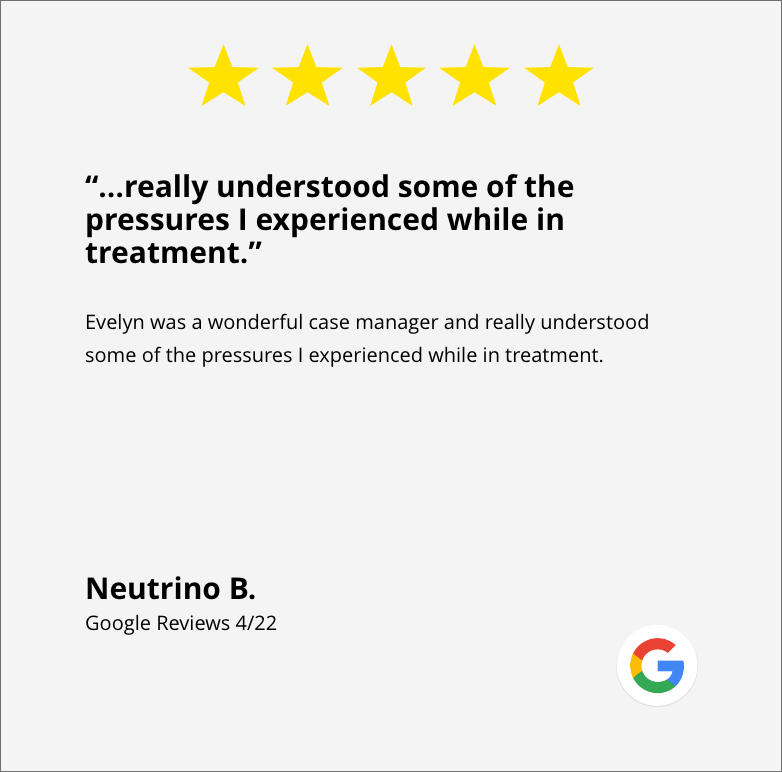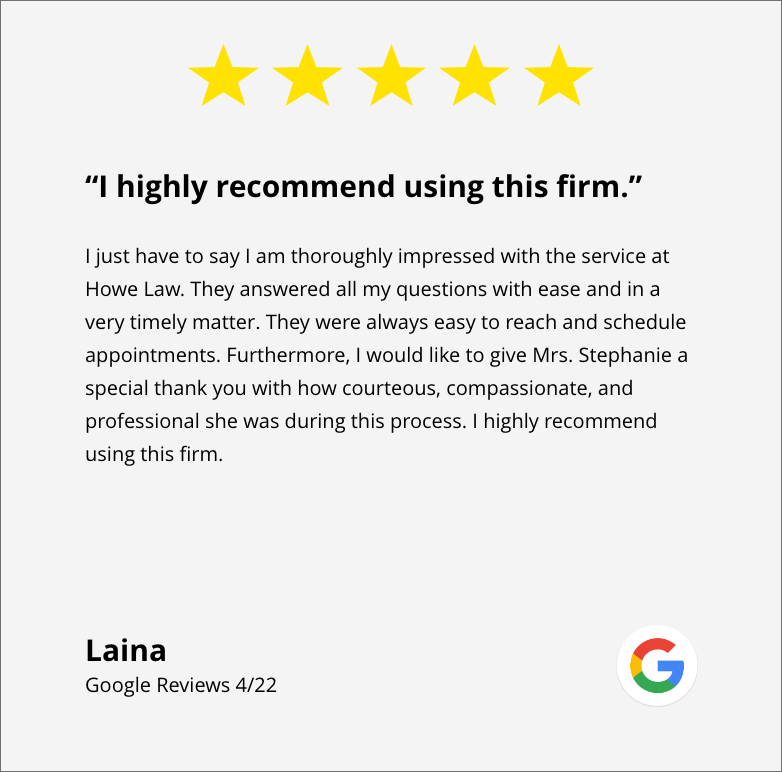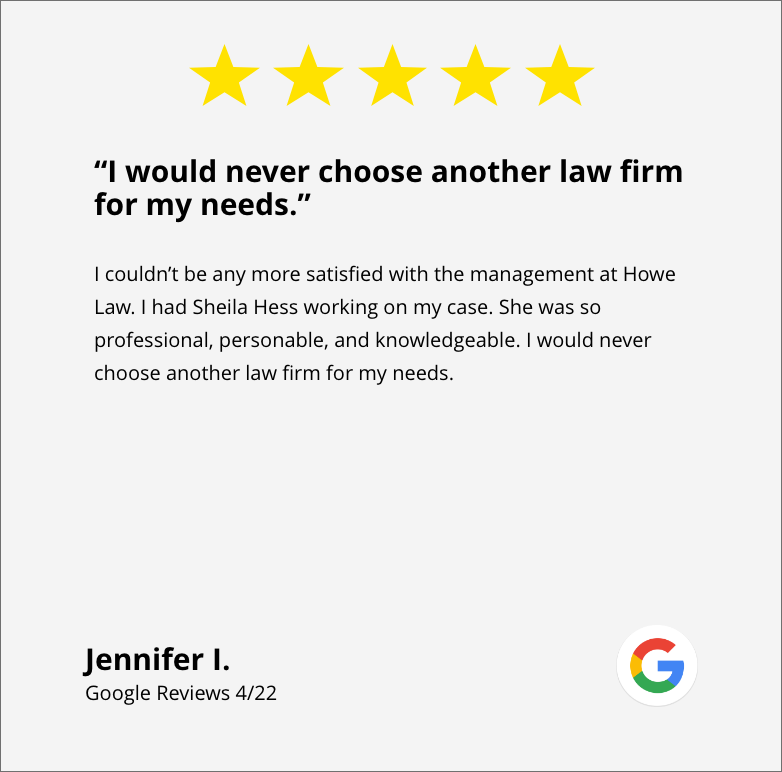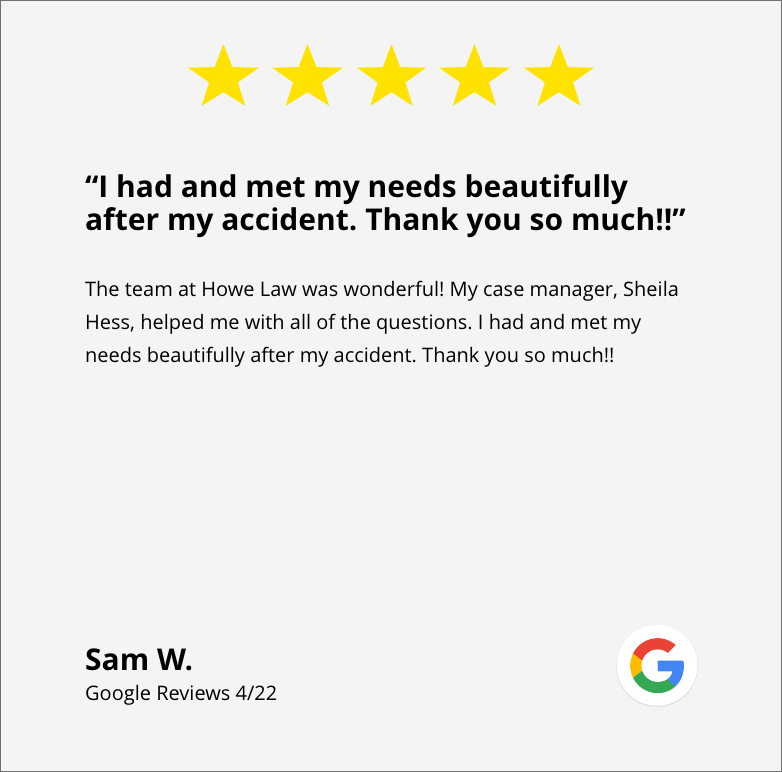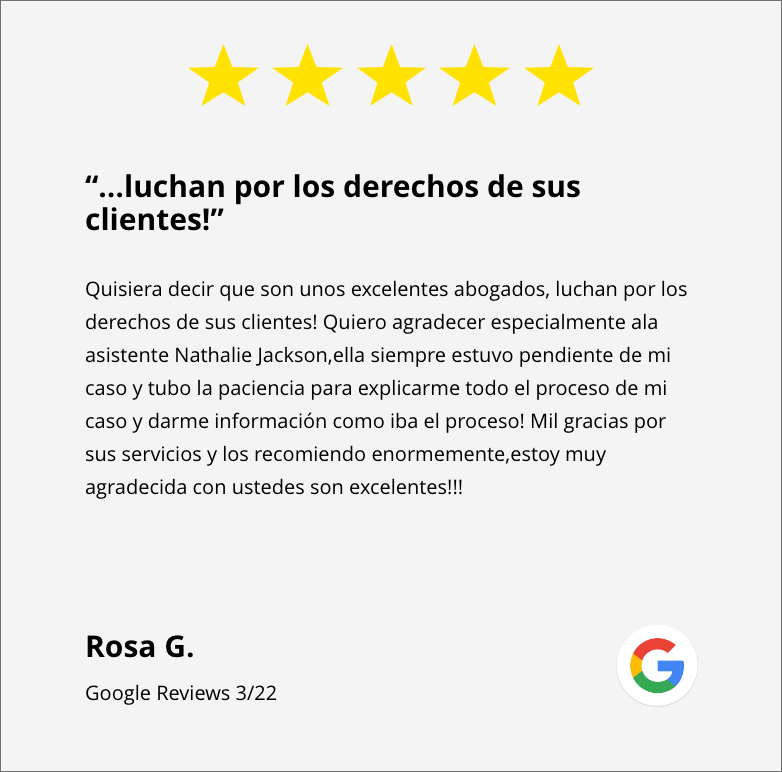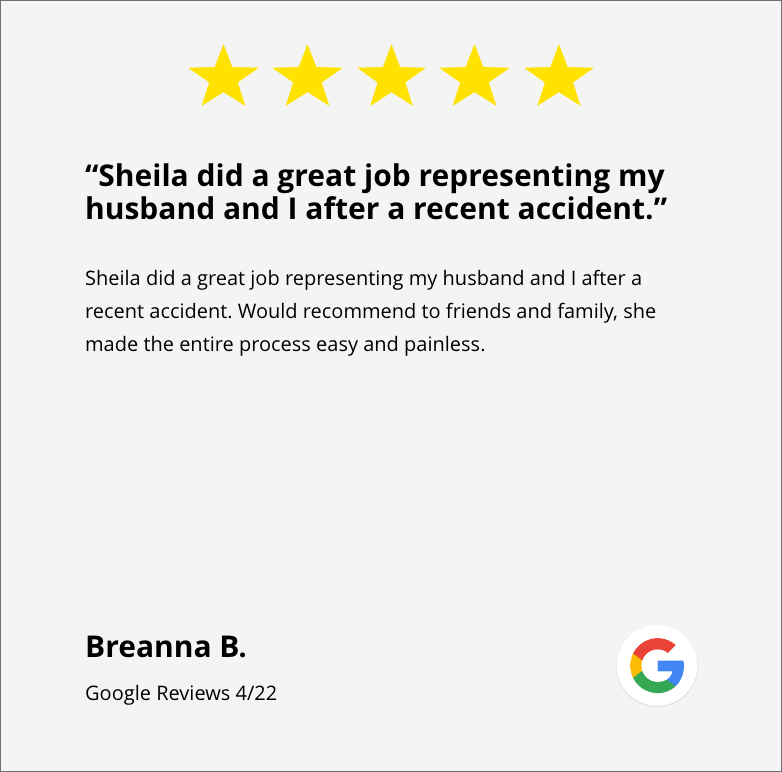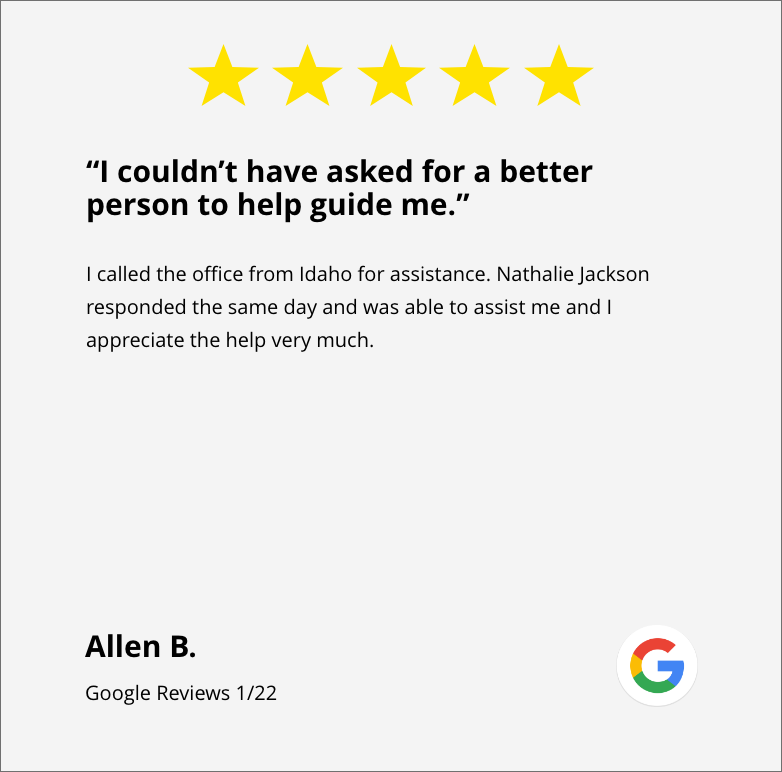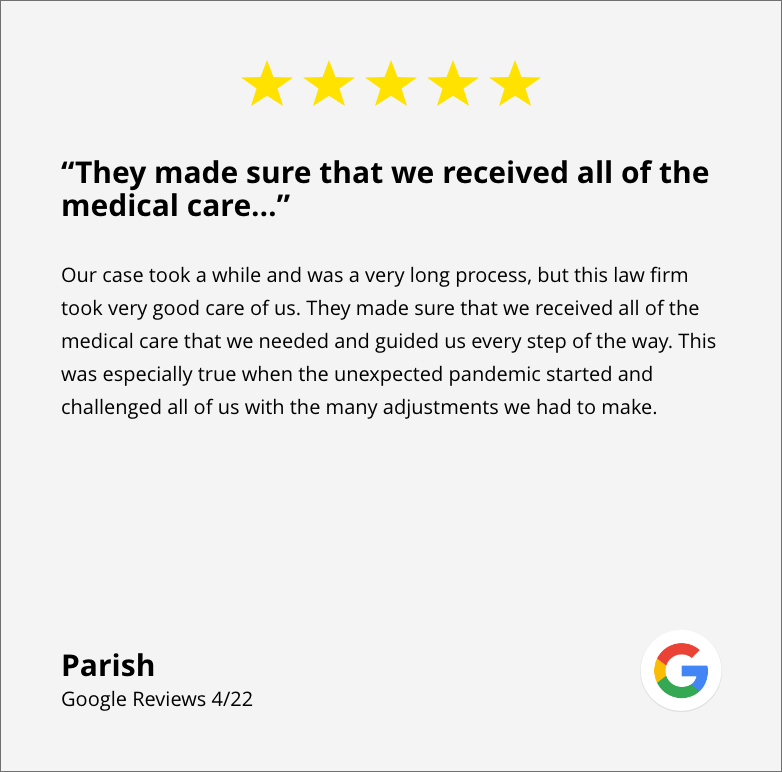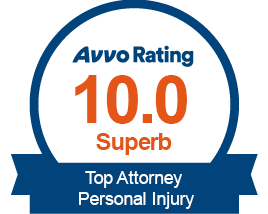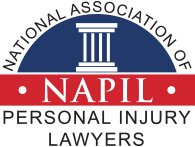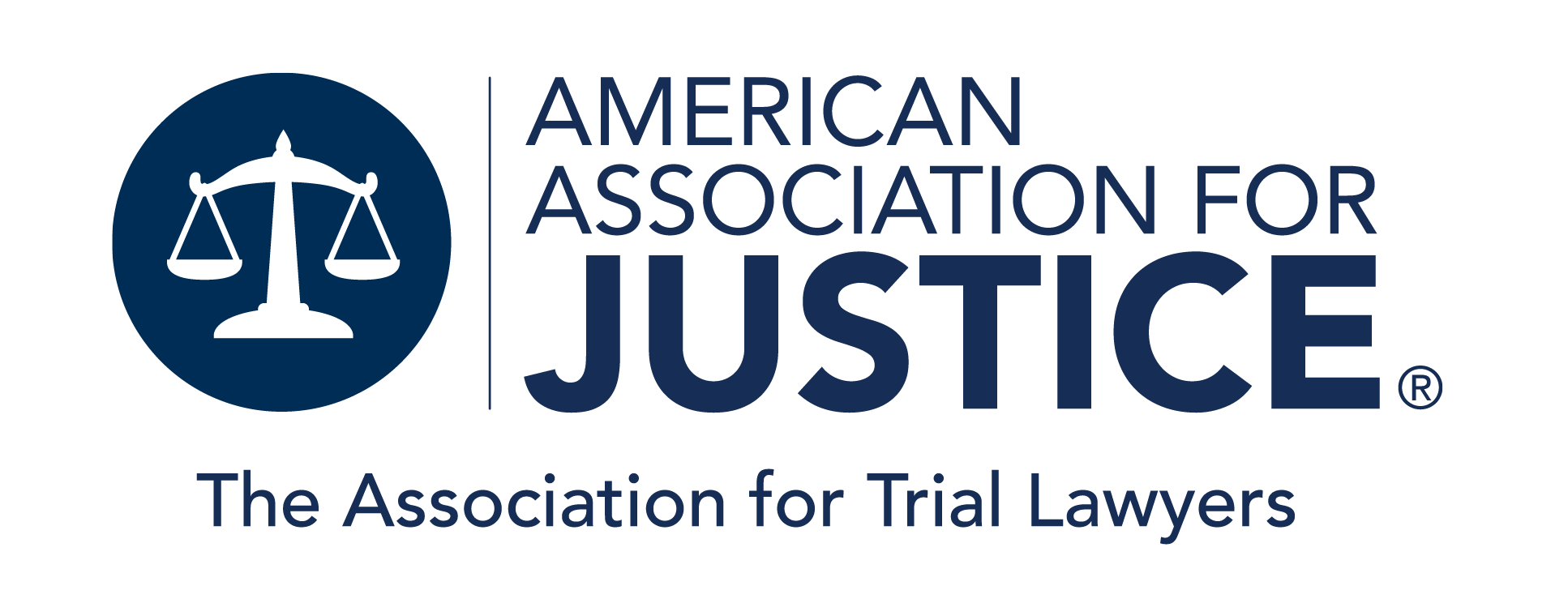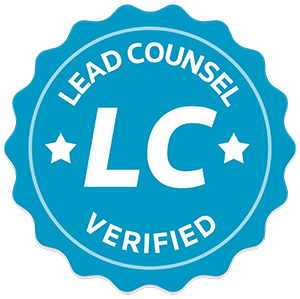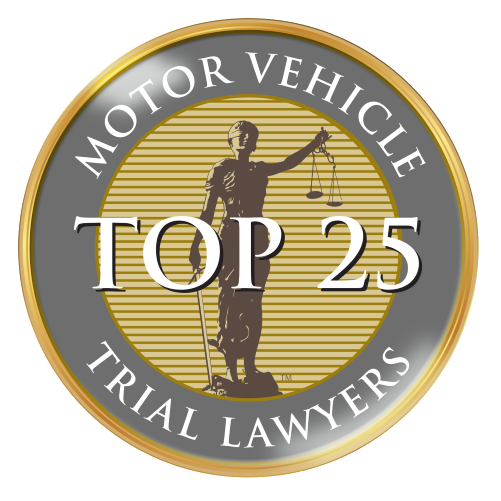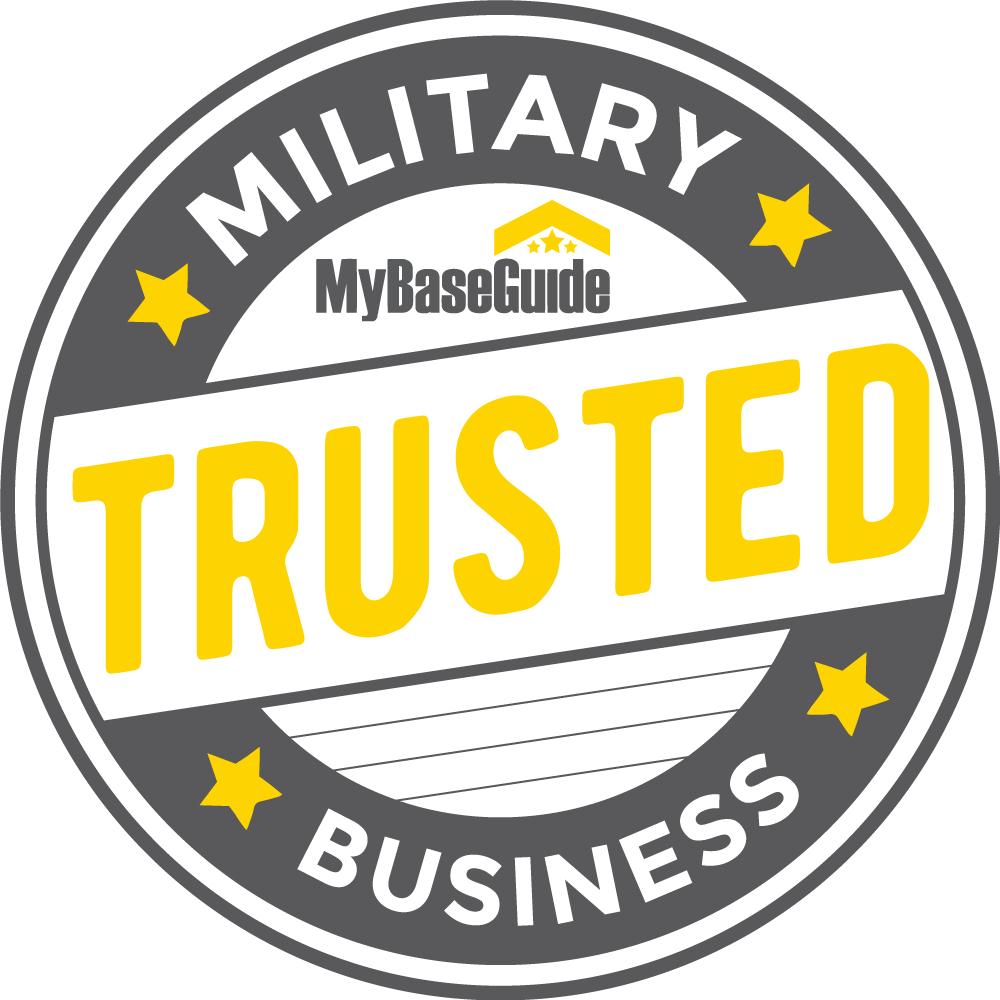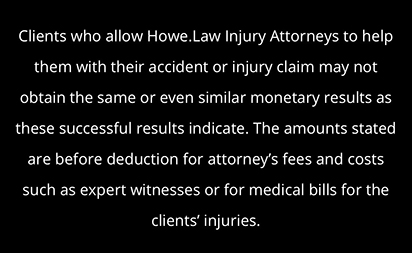If a truck hits you, your car could be totaled. What is more concerning, however, is that you could be left with serious injuries and potentially even long-term disabilities that might make it impossible to get back to work, lift your children, perform activities you love, and more.
Holding trucking companies and their negligent drivers responsible for the accidents they cause is one of our primary areas of focus in our practice. We fight trucking companies and insurance companies so you can focus on your recovery and get the monetary compensation you need.
For a free case evaluation, call the Atlanta, GA truck accident lawyers at Howe Law at (844) 876-4357 today.
Proving Fault in a Truck Accident Case in Chamblee, GA
To get the damages you need, you have to show that someone else was responsible for your accident. In many cases, this is going to be the driver of the truck that hit you, but there are situations where their employer or other parties can be liable. Proving fault requires showing that the defendant breached a legal duty or standard of reasonableness that applies to the situation at hand.
Proving Who Was at Fault
In order to have evidence that a trucker was responsible, you will usually have to show that they violated a traffic law and that that was what caused the crash. If that driver was speeding when they hit you or driving under the influence, that will often be what caused the crash and will supply fault.
Some crashes are caused by a different driver altogether who might have hit the truck and caused it to hit you. For example, if a car cut off a truck or side-swiped it, the truck might have swerved into other lanes or even flipped onto its side, drawing other cars into the crash. These accidents would be attributed to what the other driver did, but the trucker might have also contributed in some way. When this happens, you can sue each driver for their partial fault.
A trucker’s employer can also be held responsible in their place if the trucker was working within the duties of their employment when they caused the accident.
Trucking companies could also share liability if problems with their vehicle or driver were what caused the accident. For example, improper maintenance, worn-down tires, or a driver with a history of DUIs would all be the trucking company’s responsibility to correct.
Evidence to Prove Fault
As mentioned, you need to prove that the at-fault party violated the law before you can hold them responsible. You prove violations with evidence, most of which can be collected at the scene or obtained through talking to witnesses. You also need evidence of the damages you faced.
Photos of the damage and videos of the crash captured on dashcams or security cameras will be the best evidence. Additionally, you will need notes and pictures of what the scene looked like, such as the weather, lighting, roadway conditions, and location of the accident.
Testimony is going to be what fleshes out the story of the case in most trucking claims. Your testimony, along with testimony from anyone who witnessed the crash, can be presented in court to tell the jury what happened. This is also incredibly strong evidence, and witnesses often trust this evidence and weigh it as stronger than other evidence.
In some cases, scientific evidence – such as expert reports from accident reconstruction experts – will be used. They may even need to match paint or perform other techniques to identify the truck that hit you, especially in cases of hit and runs.
As for evidence of the damages you incurred, that can usually be supplied by bills, financial records, medical records, and other receipts and statements. Evidence of your pain and suffering comes, again, from your testimony in most cases.
Pain and Suffering Damages in Truck Accidents in Chamblee, GA
Truck accidents often involve serious injuries, and serious injuries mean high pain and suffering. “Pain and suffering” is a common umbrella term for “non-economic damages” – those damages paid to you to cover experiences and intangible harms. The rest of your damages will be based on money you spent or lost, and they are proved with actual dollar amounts on bills and statements, but the other harm you faced must be calculated differently.
First off, you do not need evidence to prove that you experienced pain and suffering in the first place. Since these damages flow naturally from any injury, it is assumed that you did experience pain and suffering. The question then is how much pain and suffering you experienced – and how much it is worth.
Your testimony and testimony from loved ones, doctors, therapists, and others can all explain to the jury how intense the pain was and how badly your injuries affected your life. This can help show that pain and suffering damages should be high, but it cannot help you calculate an actual value for these damages.
To do that, we usually rely on some shorthand calculation methods to get a general idea of pain and suffering, then adjust as necessary from there to properly capture the harm you faced. In one method, we choose a multiplier based on how severe your injuries were, then we multiply your other damages by that factor to arrive at a value for pain and suffering. As an alternative, we can assign a per-day value to how bad your pain is on a daily basis, then multiply it by how many days you suffered pain. This second method is harder to use if the pain and suffering is ongoing.
Call Our Chamblee, GA Trucking Accident Attorneys Today
Our Atlanta personal injury lawyers are always available to help. If you were hurt in an accident with an 18-wheeler, call our truck accident attorneys from Howe Law at (844) 876-4357.










